United Airlines has operated the first-ever passenger flight with an engine using 100% sustainable aviation fuel. In a partnership with Boeing, CFM International, Virent and World Energy, yesterday’s flight of a new Boeing 737 MAX 8 from Chicago O’Hare to Washington DC’s Reagan National Airport carried 100 passengers. Commercial passenger flights are currently permitted to fly with a maximum of only 50% SAF in their engines but United and their partners received special authorisation from the FAA for the one-off demonstration flight because of the use of Virent’s synthetic aromatic kerosene (SAK) in the fuel blend, which was first used in a United test flight in October. The airline has also announced new corporate participants in its Eco-Skies Alliance corporate programme launched in April this year that has now collectively contributed towards the purchase of more than 7 million gallons of SAF. United claims its SAF purchase commitments are nearly twice the size of those by the rest of the global airline industry combined.
“We continue to lead from the front when it comes to climate change action,” said United CEO Scott Kirby, a passenger on the ORD-DCA flight. “Today’s SAF flight is not only a significant milestone for efforts to decarbonise our industry, but when combined with the surge in commitments to produce and purchase alternative fuels, we’re demonstrating the scalable and impactful way companies can join together and play a role in addressing the biggest challenge of our lifetimes.”
An important reason for the 50% maximum permitted SAF use in commercial flights is the absence of aromatic compounds from the HEFA-based SAF in use today. The minimum aromatic content in conventional jet kerosene is about 8% on average and in common jet engines the aromatic content encourages the seals to swell, so providing more protection from leakage. When operating with SAF, the lack of aromatics can be overcome by adding them to the fuel or blending it with conventional jet fuel, although concentrations of aromatics should be minimised to reduce carbon emissions.
The SAF used for the United test flight in October, and for yesterday’s passenger flight, was a mix of Virent’s BioForm SAK and World Energy’s HEFA synthetic paraffinic kerosene (SPK). This accounts for the lower aromatic content in the SPK made through HEFA pathways, while still enabling a blend that is 0% fossil fuel-derived and a 100% drop-in ready with no aircraft or engine modification required, said United.
SAK is produced at Virent’s demonstration plant in Madison, Wisconsin, using corn dextrose from Iowa, and the company is targeting a greater than 50% reduction in lifecycle GHG emissions. Virent’s parent company, Marathon Petroleum, provided testing, blending and transportation of the 100% SAF for the United flights. Virent has also developed data from engine testing that shows a SAK/HEFA blend is cleaner burning and has lower particulate matter emissions than conventional jet fuels.
“Showing Virent’s BioForm SAK enables a 100% SAF that meets current jet fuel specifications is a big step, as it demonstrates that SAF can be a reality without the need to make significant changes to the current aviation fleet and infrastructure,” said Dave Kettner, Virent President and General Counsel, after the October test flight. “Virent’s proprietary technology demonstrates that SAF can be 100% renewable and 100% compatible with our current aviation fleet and infrastructure.”
United recently agreed to purchase 1.5 billion gallons of SAF from startup Alder Fuels, which the airline says is enough to fly more than 57 million passengers. Alder Fuels, headed by former World Energy CCO Bryan Sherbacow, recently announced a strategic alliance with government of Colombia to source biomass feedstock for conversion into sustainable low-carbon crude used for producing SAF.
The airline is also an investor in Fulcrum BioEnergy, in which it has an option to purchase up to 900 million gallons of SAF.
United has nearly 30 participants in its Eco-Skies Alliance programme, including 12 new participants such as Maersk, Meta, Microsoft, Salesforce and Visa. The collective purchase this year of more than 7 million gallons of SAF, with 80% GHG emissions reductions on a lifecycle basis, is enough to eliminate around 66,000 tonnes of CO2e emissions, or enough to fly passengers more than 460 million miles, says United. To build transparency and enable certified SAF emission reductions for its corporate customers, the airline recently partnered with Microsoft, Air bp and the Roundtable on Sustainable Biomaterials in a first-ever book and claim pilot (see article).
Photo: Fuelling United’s 100% SAF flight
MORE UNITED AIRLINES NEWS →


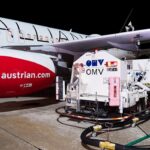
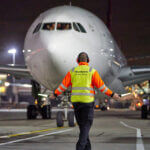
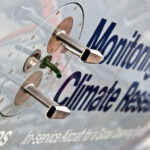


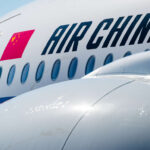
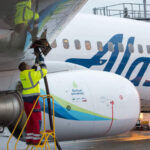
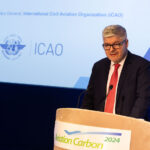
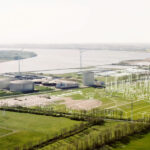
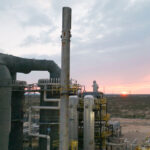
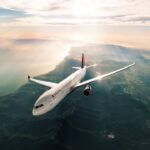
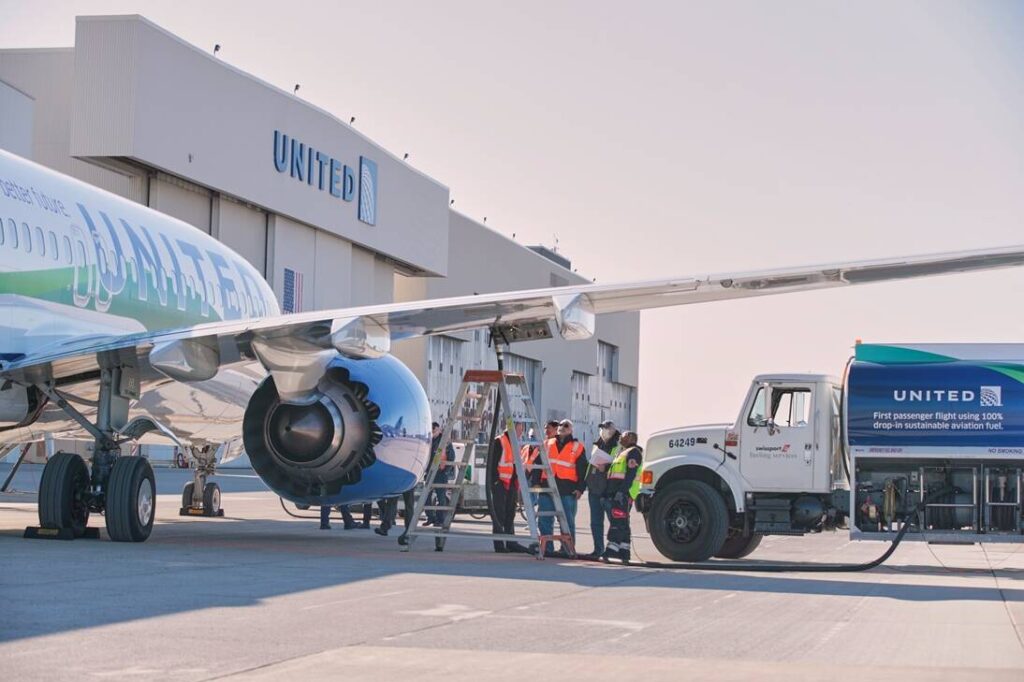
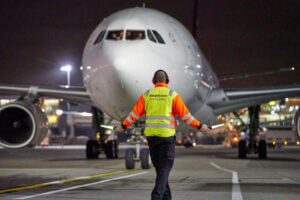
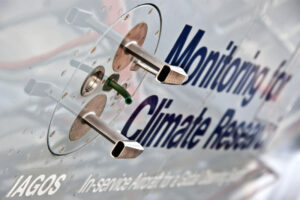
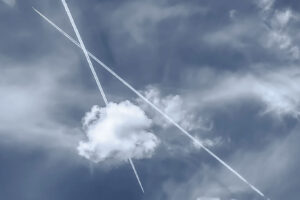


More News & Features
Progress on decarbonising the airline sector has been slow this year, says IATA chief
EASA releases status report on Europe’s SAF production and readiness to meet blending targets
Carbon reduction consultancy Watershed facilitates SAF certificate deals through SABA
New partnerships formed to drive e-SAF production in Nordic markets
IAG continues to go big on e-SAF as it inks 10-year offtake agreement with Infinium
US on the pathway to achieving its 2030 SAF Grand Challenge target, says DOE report